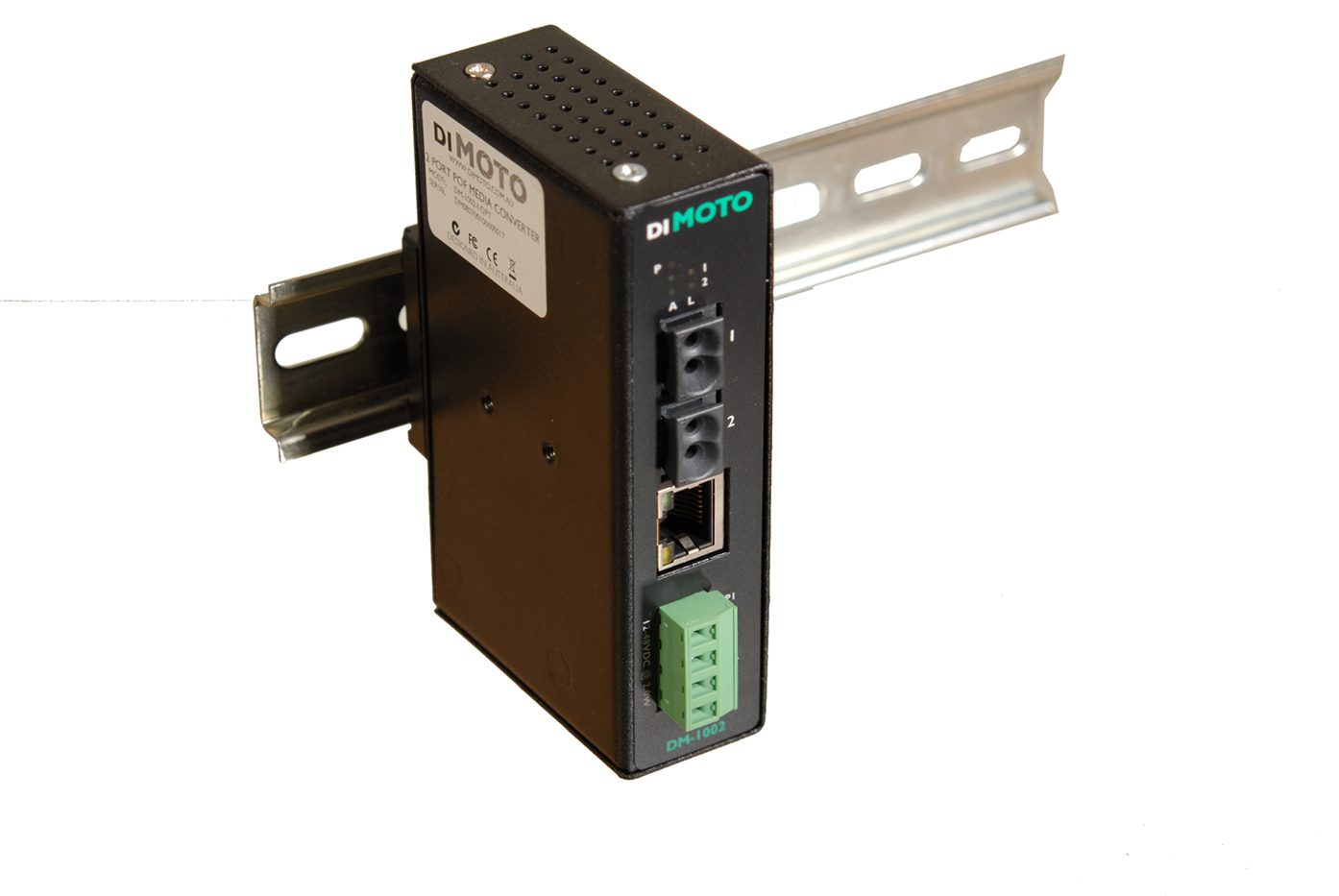

It also features the following edges:Ĭonverting UTP to fiber without move or change the previous copper cabling, thus saving time and effort The fiber media converter can convert the electrical video signal to an optical format. Given this, a more attractive fiber optic cabling method with fiber media converter for CCTV analog video system and IP video system came to professionals attention. The legacy devices are not equipped with fiber optic ports The Ethernet cables fixed in the wall, under the ground need to be changed by the experts The project may encounter following challenges: However, it is not easy to replace the current cords with fiber optic cables. These media have poorer performance than the fiber optic cabling in both the transmission distance and the bandwidth. IP cameras use UTP cabling (at least Cat5), and analog cameras can use either coax or UTP (at least Cat3). The Necessity of Fiber Media Converter in CCTV Analog Video and IP Video Systemīoth types of cameras work well in either commercial or residential security. Since the cameras are IP addressable, they can be accessed from anywhere in the world. The biggest characteristic of IP video surveillance network is that every camera has its own IP address to tell itself from the others in the whole video network.
#NETWORK MEDIA CONVERTER PC#
Video can be recorded by any PC or server on the network. They can send and receive data via a computer network, as opposed to sending a feed to a Digital Video Recorder (DVR). In a typical IP video surveillance network shown, IP cameras are connected directly to the local area network via UTP cabling and switches. If the camera has PTZ (Pan-Tilt-Zoom) function, an additional controller is added.
In a typical analog video network, fixed analog CCTV cameras are connected to a central management device (VCR-video cassette recorder or DVR-digital video recorder) via coaxial cables. There is an overwhelming variety of cameras that can be used for video surveillance systems, among which CCTV analog camera and video surveillance fiber IP camera are the two most commonly used devices. The increasingly popular video security and surveillance can be accomplished with a video surveillance system, which is composed of network cameras, monitors/display units, and recorders. Video Security and Surveillance Network Introduction


 0 kommentar(er)
0 kommentar(er)
